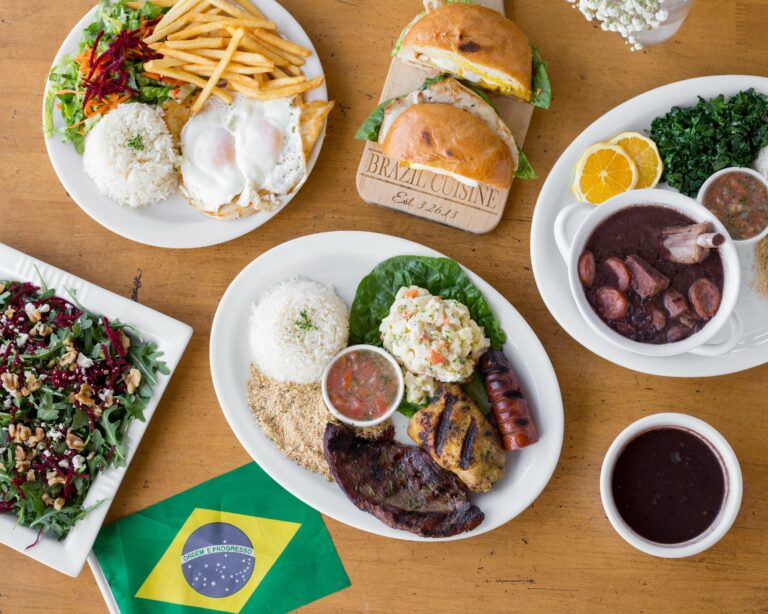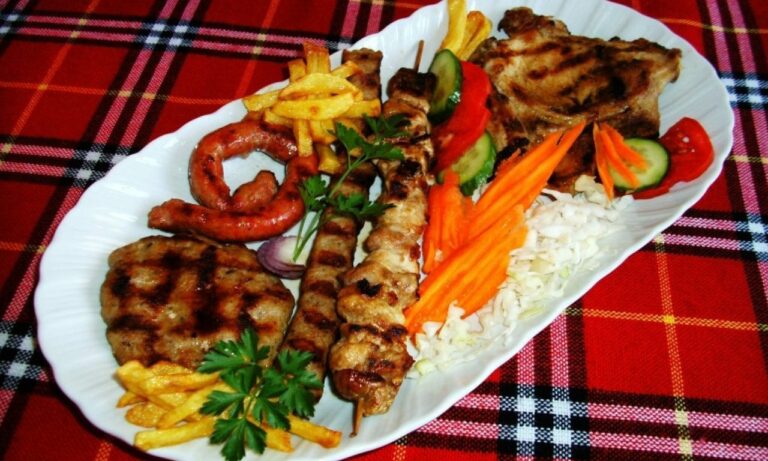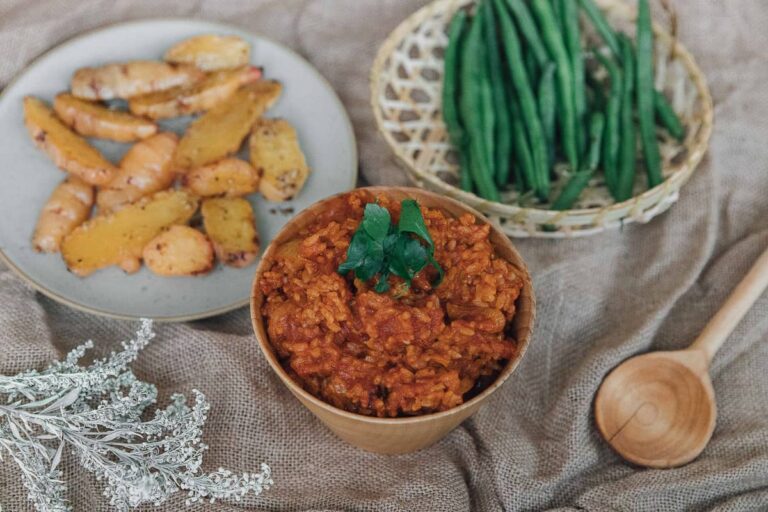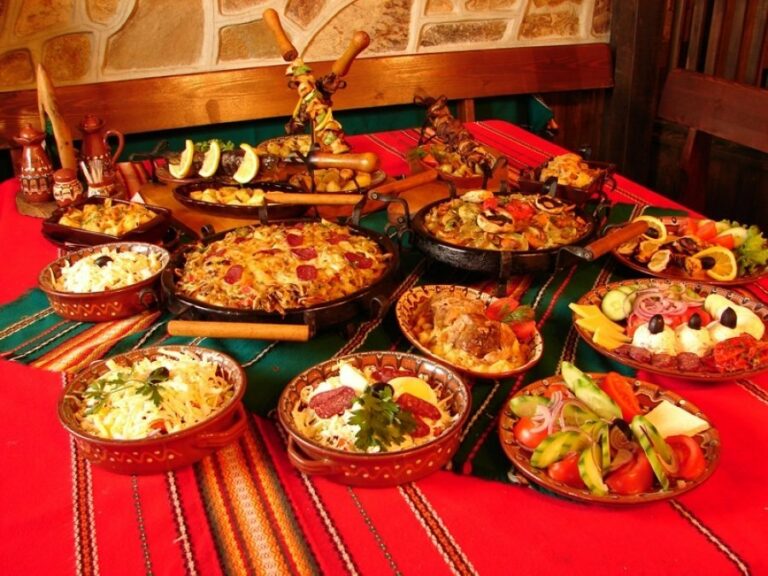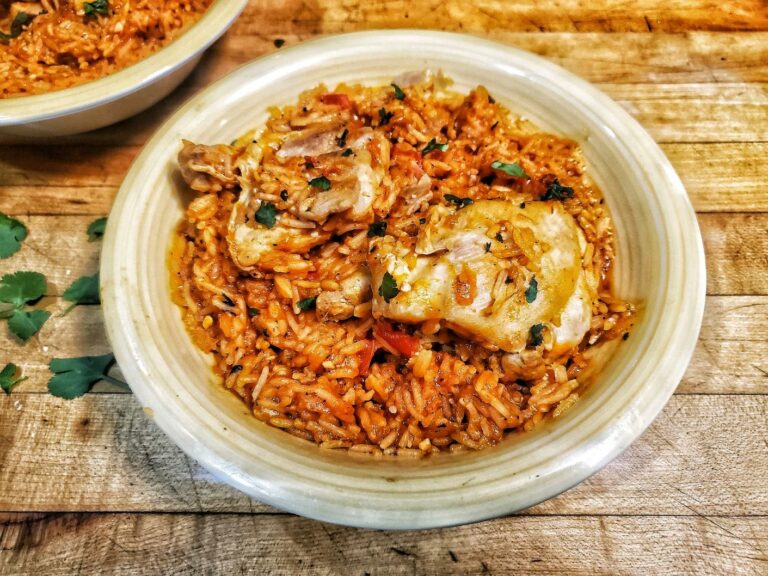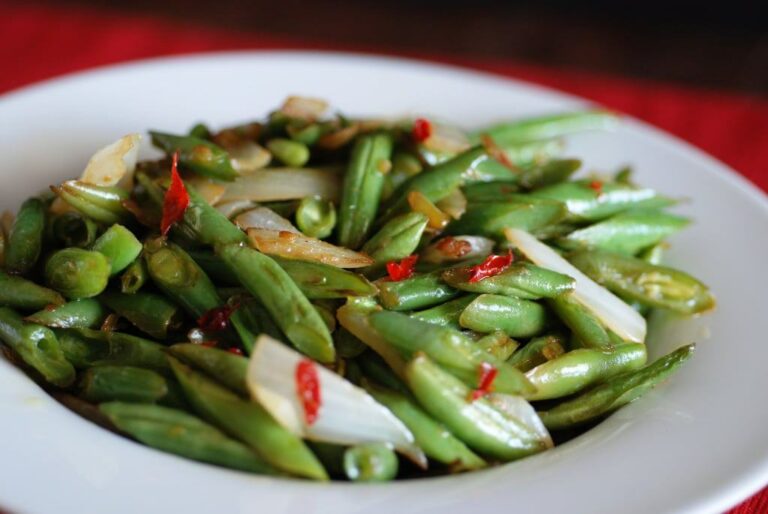Introduction to Botswana Cuisine
Botswana, located in Southern Africa, is known for its unique cuisine that is heavily influenced by its geography and culture. Botswana cuisine is a melting pot of flavors, boasting a mix of indigenous ingredients and spices that are blended to create an array of dishes that are both delicious and healthy.
The Importance of Local Ingredients
Botswana cuisine primarily relies on locally-sourced ingredients due to the country’s semi-arid climate, which limits the availability of certain produce. These local ingredients are not only affordable and easily accessible but also packed with essential nutrients that are vital for maintaining good health. Here are some of the local ingredients commonly used in Botswana cuisine:
Mabele (Sorghum)
Sorghum, also known as mabele in Botswana, is a staple ingredient in Botswana cuisine. The grain is ground into flour and used to make porridge, bread, and traditional alcoholic beverages. Mabele is a rich source of minerals, vitamins, and fiber, making it a healthy choice for those wishing to maintain a balanced diet. The porridge made from sorghum flour is usually served with a side of milk or meat, making it a filling and satisfying meal.
Morogo (Wild Spinach)
Morogo, or wild spinach, is a leafy green vegetable that is commonly used in Botswana cuisine. Morogo is high in iron and other essential vitamins, making it an excellent choice for promoting blood health. The vegetable is usually boiled and served as a side dish or added to soups and stews. Its earthy flavor and distinctive texture make it a popular ingredient in traditional Botswana dishes.
Seswaa (Shredded Beef)
Seswaa is a traditional Botswana dish that consists of shredded beef cooked in salt and water until it is tender. The dish is usually served with bogobe or pap, a type of porridge made from maize or sorghum. Seswaa is a popular ingredient in Botswana cuisine, as it is both easy to prepare and delicious. The dish is often served at social gatherings and special occasions and is considered a symbol of Botswana culture.
Bogobe (Porridge)
Bogobe is a type of porridge made from maize or sorghum flour. The porridge is usually served with a side of meat or vegetables and is a staple food in Botswana cuisine. Bogobe is an excellent source of carbohydrates, making it a great option for those who lead an active lifestyle. The porridge is easy to prepare and can be flavored with a variety of ingredients, making it a versatile ingredient in Botswana cooking.
Dikgobe (Mixed Vegetables)
Dikgobe is a dish made from mixed vegetables, including beans, peas, and lentils. The dish is flavored with spices, such as cumin and coriander, and is a popular side dish in Botswana cuisine. Dikgobe is an excellent source of protein and fiber, making it a healthy choice for those looking to add more plant-based options to their diet.
Pounded Melon Seeds (Merogo)
Pounded melon seeds, known as merogo in Botswana, are a traditional ingredient used in Botswana cuisine. The seeds are pounded into a fine powder and used to thicken stews and soups. The seeds are also high in protein, making them a healthy choice for those looking to add more plant-based sources of protein to their diet. Merogo is a unique ingredient that adds flavor and texture to Botswana dishes.
In conclusion, Botswana cuisine is a diverse and flavorful cuisine that relies on local ingredients to create delicious and nutritious dishes. The ingredients discussed above are just a few examples of the many local ingredients used in Botswana cuisine. These ingredients are not only delicious but also packed with essential nutrients that are vital for maintaining good health.



